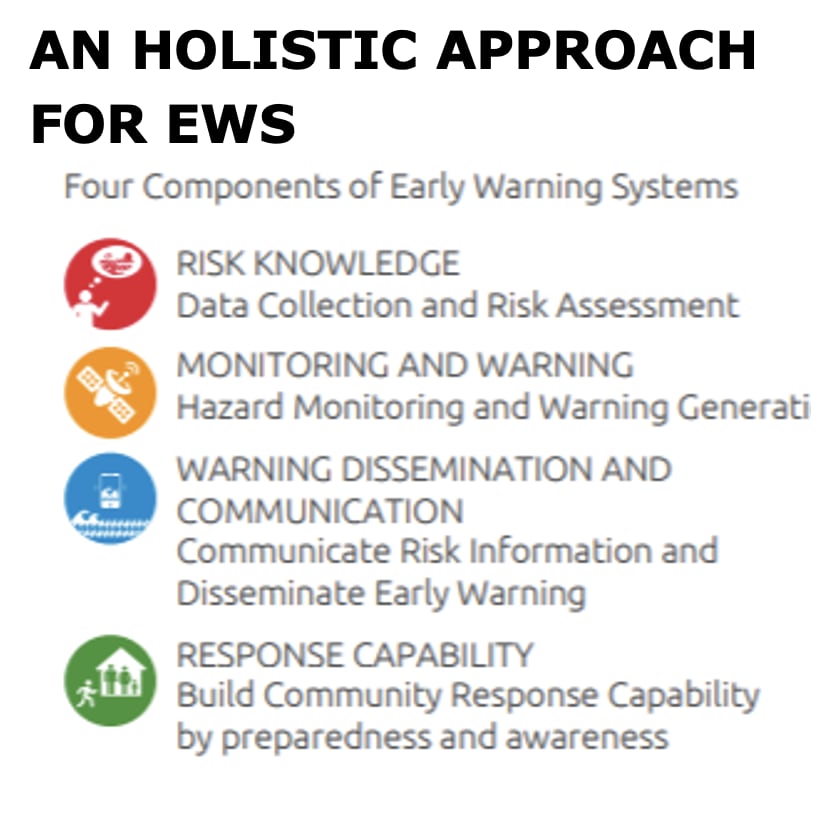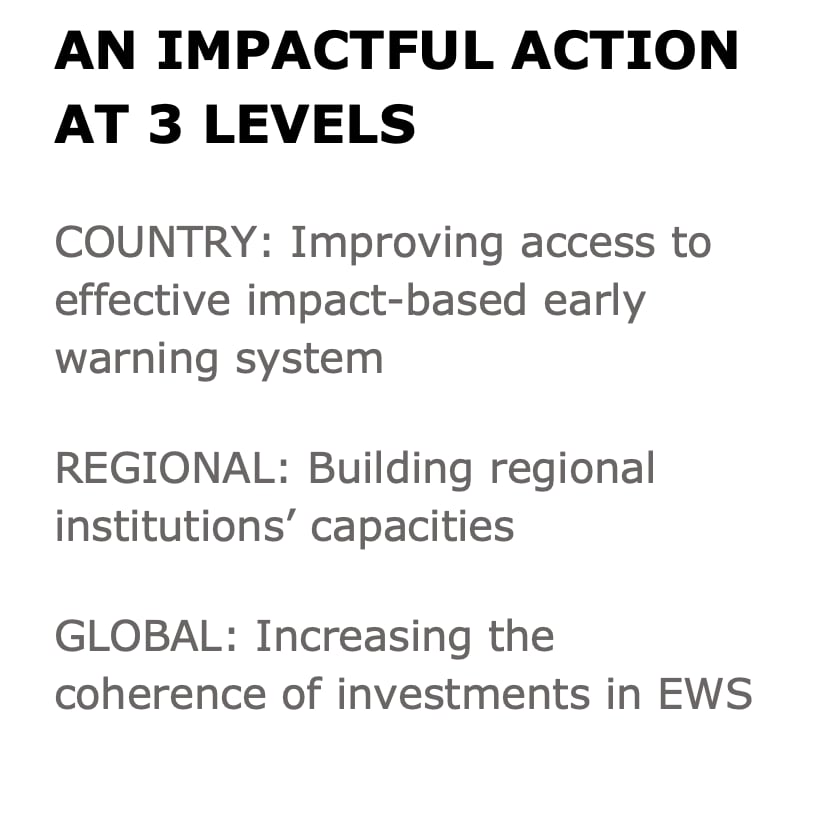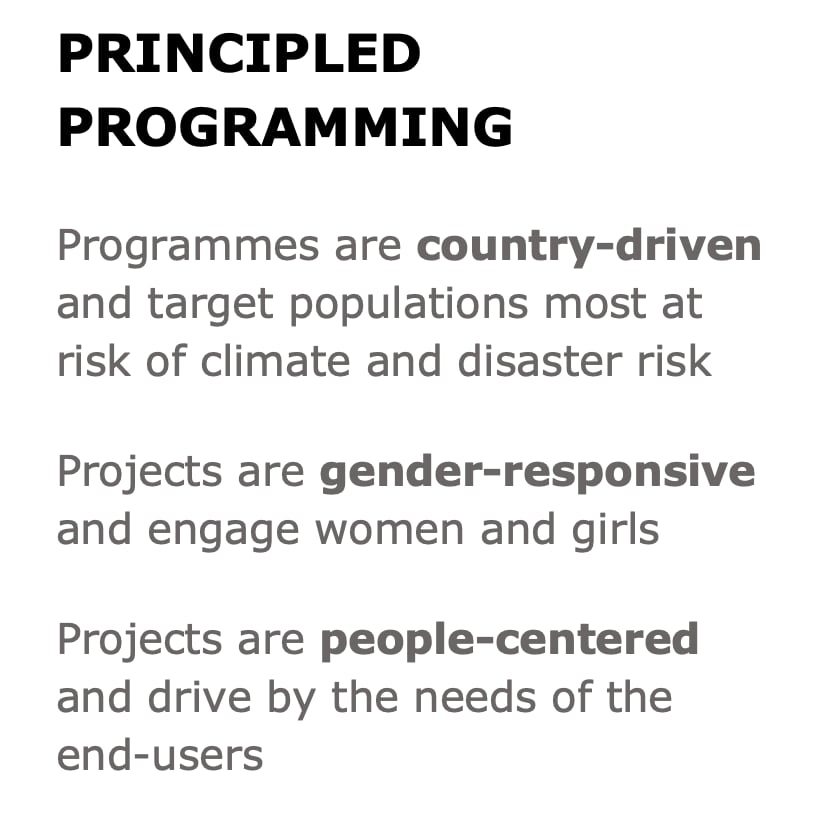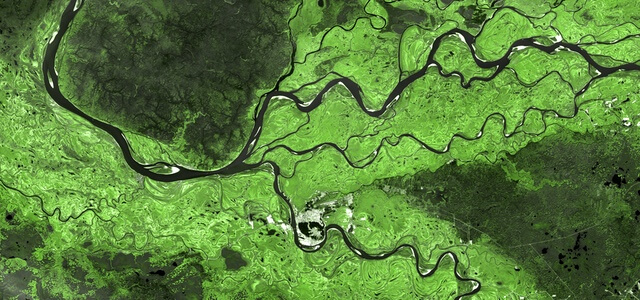While the occurrence of disasters will increase incoming decades driven by climate change, improved early warnings contribute globally to the reduction in the impacts due to extreme climate events.
Technological innovations create opportunities to enhance early warning solutions, from facilitated access to global and regional predictions, faster warning generation and wider dissemination, to better access and understanding by vulnerable populations.
The Climate Risk and Early Warning Systems - CREWS - provides a unique opportunity to reverse by 2030, strengthening the capacities of Least Developed Countries (LDCs) and Small Island Developing States (SIDS). Its operational Plan “Delivering at Scale,2021-2025” identifies the opportunities to further increase the impacts and scale of operations in these countries.
During the COP26, the Contributing members and Observers - among which the OACPS Secretariat – met for the14th CREWS Steering Committee and approved a number of decisions among them are,
- The formulation and the submission of a new proposal for the Africa Region, for consideration and approval for a FIF funding; and
- The drafting of People-Centered Operational Procedures.
These decisions offer new perspectives for the Africa region of the OACPS, with the opportunity to support the development of science-based climate information for increasing the resilience of its population to facing the effects of climate change.
ClimSA Programme is willing at maximising complementarity with other actions and to create synergy for big impact outcomes for the benefit of our people.
WHY IS CREWS NEEDED ?
In LDCs and SIDS increasing numbers of people are at risk of losing their lives as a result of weather and climate-related hazardous events. This trend is in part attributed to low or basic capacity to use risk information and to provide early warning.
LDCs and SIDS are prioritizing Early Warning System improvements for climate change adaptation as reflected in their Nationally Determined Contributions and National Adaptation Plans for climate change.
Although investment to strengthen climate services has increased, funding needs remain unmet. Closing the funding gap requires building on existing investments, leveraging additional funds and improving effectiveness.
WHAT IS CREWS?
CREWS is an innovative pooled financing mechanism, with the objective to significantly increasing access to early warnings and risk information in LDCs and SIDS. CREWS was launched by the Government of France at the UNFCCC COP21, as a contribution to the UN Secretary-General’s Climate Change Action Agenda.
CREWS VALUE PROPOSITION
CREWS measures its results and impact against relevant goals and targets of the Sustainable Development Agenda (e.g. Poverty Goal No1), the Sendai Framework (Targets A,B and G) and the Climate Change Paris Agreement (Adaptation Goals)



CREWS KEY ACHIEVEMENTS TO DATE

More Information on https://crews-initiative.org/.

